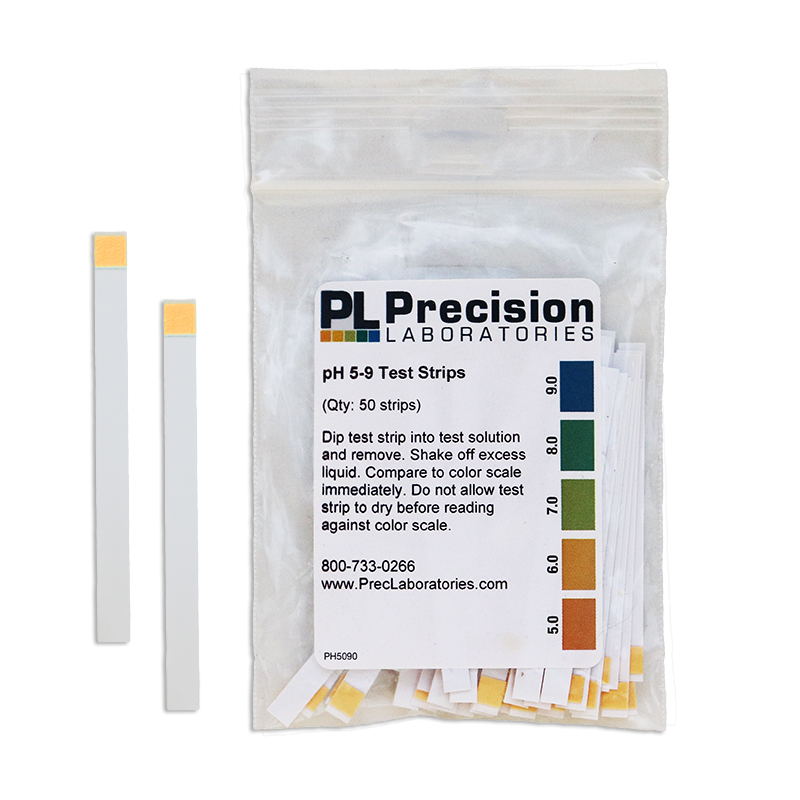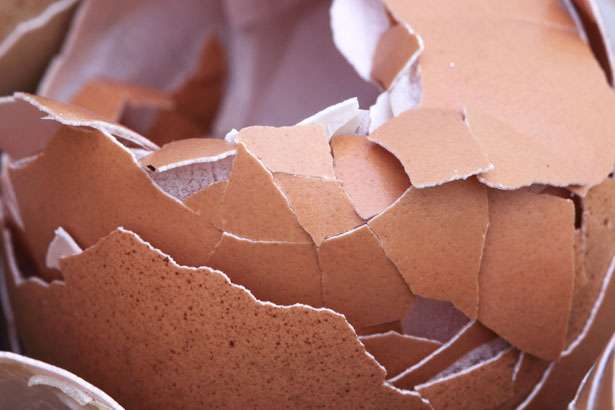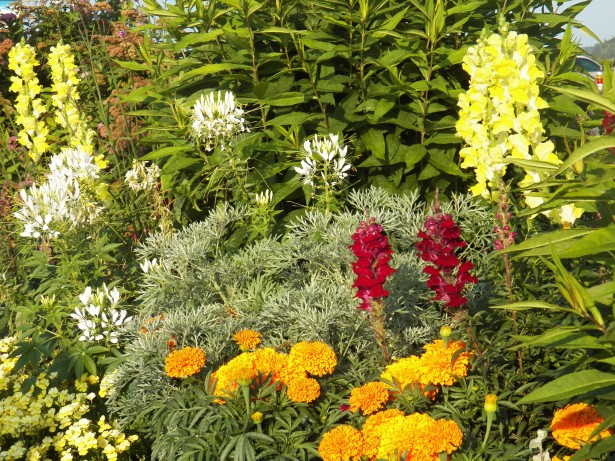Mary, Mary quite contrary, how does your garden grow? With healthy soil pH; didn’t you know!? The pH of soil can vary from region to region, and it affects plant’s ability to absorb nutrients. A healthy soil pH equals healthy plants, so for all you green thumbs out there, we’re going to look at how to quickly and easily test your soil pH at home.
Importance of Soil pH
The ideal pH range of soil is 6.5-7.5, so it hovers around a neutral pH. A pH below 7 indicates that the soil is acidic, and a pH above 7 indicates that the soil is alkaline.
What makes soil pH so important is its impact on the chemical and biological processes that take place in the soil and how that affects soil fertility and nutrient availability. In order for plants to take up nutrients from the soil, those nutrients have to be available in the soil solution for roots to access them. Most of the important minerals and nutrients that plants need to grow are primarily available in slightly acidic soils with a pH near 6.5.
At lower pH values, other non-essential elements such as aluminum and iron become soluble and are toxic to plant roots. Soil pH impacts other aspects of plant growth as well, including soil microorganisms, which help decompose organic matter and recycle nutrients that plants need, and the performance of chemicals such as herbicides.
Testing Soil pH

To test the pH of your soil, follow these steps:
- Place 1-3 teaspoons of soil in a small plastic or glass container, such as a test tube or small beaker.
- Fill the container with distilled water to the same level as the soil sample.
- Stir, shake or swirl the sample vigorously for a minute. Following this agitation, let the sample rest for a minimum of 30 minutes before continuing.
- Hold a coffee filter over a second plastic or glass container, and pour the sample through the filter to capture the solid soil particles but allow the liquid to pass through.
- Dip our pH 5-9 test strip into the solution in the second container.
- Compare it to the included color chart to determine the pH of the sample.
- Repeat the test multiple times using soil samples from various areas in the garden or landscape and during different seasons throughout the year to achieve an average pH estimate.
Note: It’s very important that you use distilled water to prepare the sample. If you suspect that the water is not neutral, test the water alone to make sure it has a pH of 7.
Adjusting Soil pH

If your soil needs to be adjusted, you can try a few different tricks. First, if your soil pH is alkaline and needs to be lowered, you can try adding Sulfur to your garden, which is the most common method. Other additives include pine needles, coffee grounds, citrus scraps and peat moss.
If your soil pH is too acidic and needs to be raised, the most common additive is lime (calcium carbonate, also known as aglime). Lime not only helps increase pH, but also reduces aluminum toxicity, improves the physical condition of the soil, stimulates microbial activity, increases availability of nutrients, supplies calcium and magnesium, and improves nitrogen fixation by legumes. Research the quantity to add before doing this.
Other additives used to increase the pH of your soil include adding fertilizers containing ammonium, bone meal, crushed egg shells, and ground rock.
What to Plant

Once you know your average soil pH, you can use that knowledge to determine what plants might be best for your garden. Research plants first to determine what type of soil they thrive in.
A few examples of plants that thrive in alkaline soil:
- Brassicas (Cabbage, Brussels sprouts, etc)
- Japanese honeysuckle
- Wildflowers
- Many grasses
- Carnations, Peonies
- Zinnia
A few examples of plants that thrive in acidic soil:
- Many Nightshade Plants (Tomatoes, Potatoes, Peppers, etc)
- Blueberries
- Rhododendrons
- Most Lilies
- Wintergreen
- Crabapple, Apple, Pear & Cherry Trees
Stay tuned next week as we discuss soil microbes, and keep all of this in mind when planting and tending to your garden.







We were asked how much water to add to 1 tsp of soil, and after some experimentation, we decided that 1 tsp of soil would need about 10 mLs of water.